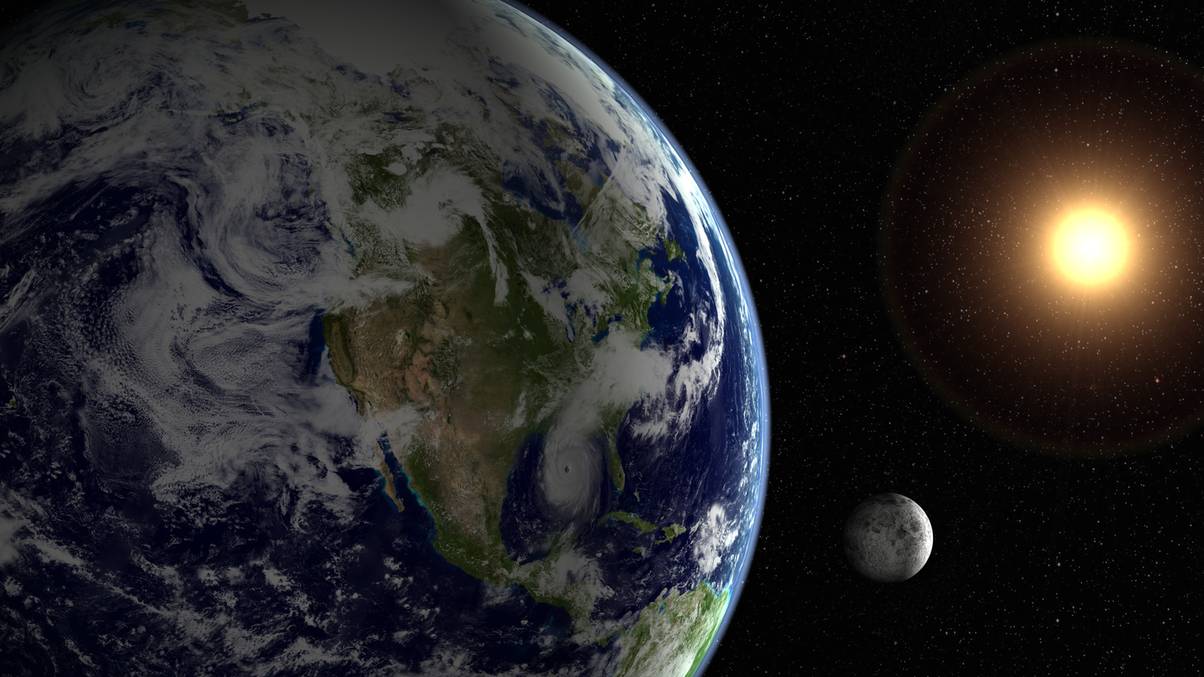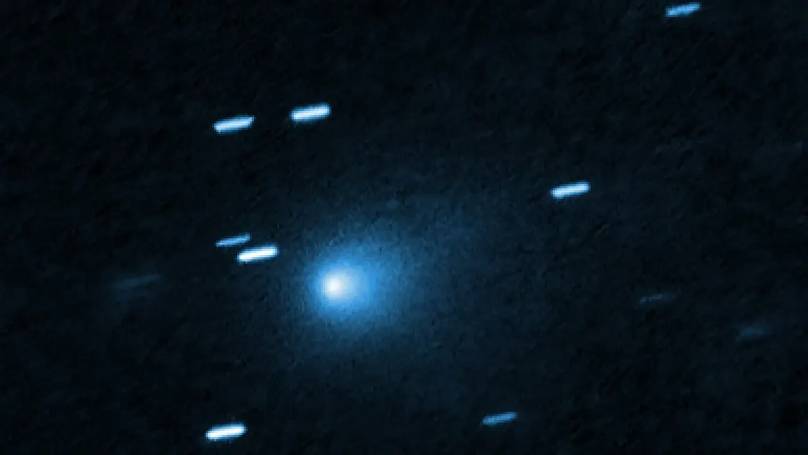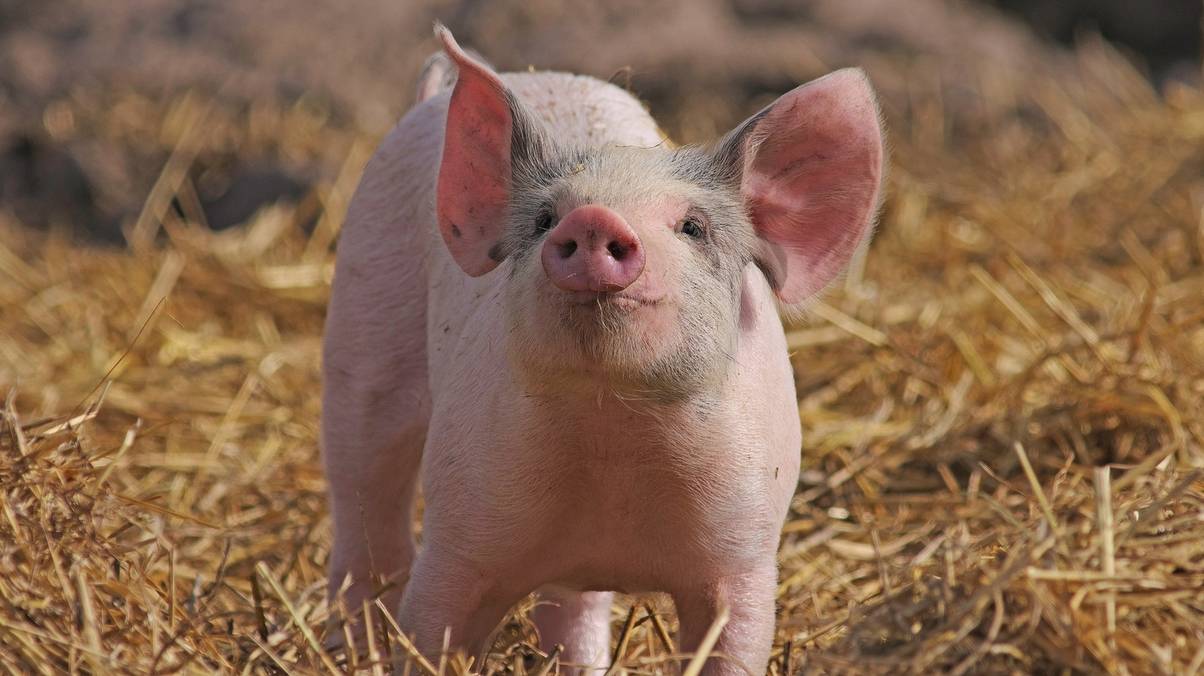Unprecedented Cosmic Phenomenon: Why Today Will Be the Shortest Day Ever Recorded
Ever wondered what it feels like when time itself decides to play a little prank on us? Well, brace yourself—today, July 9th, is officially the shortest day in recorded history. Yeah, I know, it sounds like a cosmic joke, especially since it’s summer and the sun’s been sticking around like an overzealous guest. But here’s the kicker: the actual time we get today is snipped by 1.3 to 1.6 milliseconds. Tiny? Absolutely. Noticeable? Nah. Still, it’s a wild sign that our spinning planet is shaking things up in ways that even scientists find puzzling. And if you thought this was a one-off, think again—more microscopic time tweaks are just around the corner. So, while we might not lose much sleep over this (literally), it does make you wonder: is Earth speeding ahead on a secret schedule we’re only just beginning to decode? LEARN MORE
With scientists feeling pretty baffled, today (9 July) is set to be the shortest day in recorded history.
Yeah, we’re going to be losing sleep over this. Well, quite a teenie tiny bit of sleep anyway.
It is a bit confusing to think of even just based on the fact that it’s summer, so therefore the days are ‘longer’ with the longer hours of daylight.
But it is actually the time itself that’s shorter today, as the full day will be a whole 1.3 to 1.6 milliseconds shorter than average. While us mere Earthlings might not necessarily notice this cut to our day, it’s a sign of a change going on with our planet.
And scientists say more short days are set to happen pretty soon.

It’s going to be a teenie tiny bit shorter (Getty Stock)
The planet Earth takes 24 hours (or 86,400 seconds) to make full rotation around its axis – but it’s worth pointing out that this rate does fluctuate by a very small amount.
To track the changes in the planet’s activity, the International Earth Rotation and Reference Systems Service (IERS) is constantly measuring the length of the day to a high level of accuracy.
“We’ve always needed to do certain things at certain times, with varying levels of accuracy, like knowing when to plant your crops,” Dr Michael Wouters, time and frequency lead at Australia’s National Measurement Institute, told The Guardian.
“As society got more and more complicated, it became necessary to know time more accurately.”
The IERS have noticed a slight speeding up of the Earth’s spin since 2020 and it has been getting steadily faster ever since.
Scientists have been able to predict that this year’s other shortest days will fall on 22 July and 5 August, when the Moon is furthest away from our equator.

The moon plays a part (Getty Stock)
Dr David Gozzard, an experimental physicist who specialises in technologies for precisely keeping and synchronising time at the University of Western Australia, added to the Guardian that the ‘gravitational dance between the Earth and moon’ is a contributing factor in fluctuation of day lengths.
Sometimes the moon will act like a ‘handbrake’ and create ocean tides bulging towards it, slightly slowing the Earth’s spin. And when the moon is furthest from the equator, it therefore weakens the effect.
It’s said the Moon’s gravitational pull causes Earth to slow down by around 2 milliseconds a century, meaning that for the dinosaurs way back when, a day was just under 23 hours long.
The IERS occasionally adds a leap second to the year to make sure high-precision clocks run on time, doing so most recently in 2016.
It skipped doing one this year and may have to take one back in 2029.














